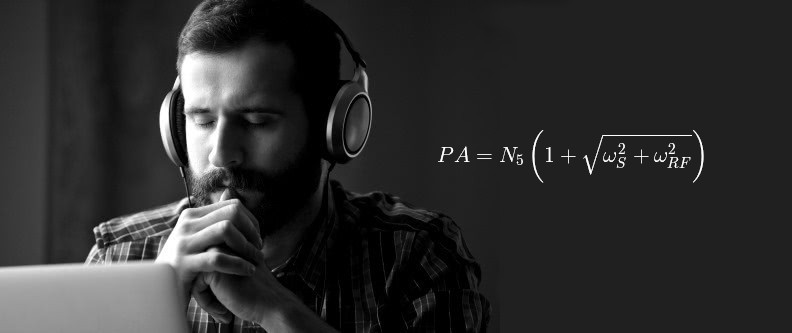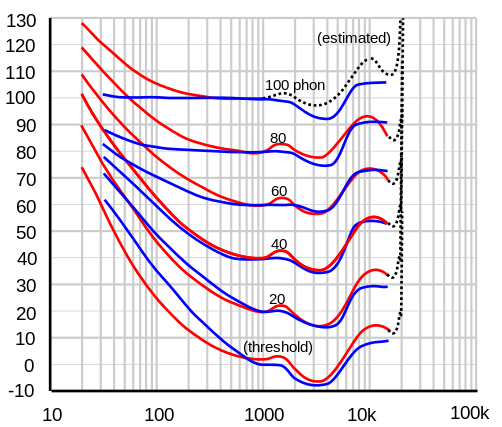
People do not perceive sound the way a microphone does. If you design your products to satisfy a microphone, you might not satisfy your customers.
Everything about how we perceive sound is nonlinear, which makes it challenging to anticipate how a sound will be perceived. If you want your product to be quieter, for example, you have to design it so that your customers perceive it as quieter. Reducing the sound pressure level may not be enough. Fortunately, it also may not be necessary. It’s possible to reduce perceived loudness by redistributing the power in a sound’s spectrum.
You may also want to engineer a product so that the sound is less annoying. Maybe reducing loudness isn’t the goal per se, but only a component (albeit a very important component) in reducing how annoying the public finds a sound. In addition to loudness, annoyance level depends on other sound qualities such as roughness, sharpness, fluctuation strength, and possibly other factors.
I approach psychoacoustics as a professional mathematician as well as an amateur musician. I am equally interested in the art and the science of sound.

If you’d like to discuss how I might be able to help your company with challenges in acoustics, please let me know.
Trusted consultants to some of the world’s leading companies

The image above shows the famous Fletch-Munson curves representing sounds of equal perceived loudness. The blue lines are Fletcher and Munson’s original curves from 1937. The red lines are the revised curves for per the ISO 226:2003 standard. This graph gives an example of how nonlinear human perception of sound can be. If humans simply perceived sound pressure, all the lines would be flat and evenly spaced. (Image via Wikipedia)
